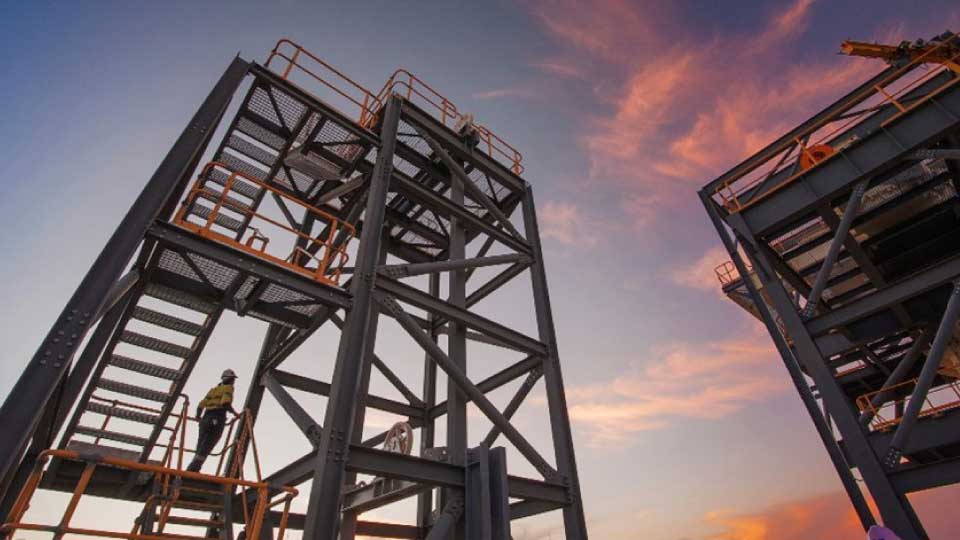The pivotal role of geotechnical engineering in responding to climate change
The ground beneath our feet
At its core, geotechnical engineering is concerned with understanding and working with the ground and involves the study of soil and rock mechanics, earth structures, and foundation design. In the face of climate change, this discipline takes on additional responsibilities compelling geotechnical engineers to not only predict how a warming planet affects the stability of the ground itself and devise appropriate remedies to mitigate this effect, but also to find innovative ways to reduce the effect in the first place.
Adapting to a changing world
From roads and bridges to dams and levees, the infrastructure we rely on daily has been designed based on historical climate data. However, as climate change alters weather patterns and increases the frequency of extreme events, these earth structures and infrastructure may no longer be adequate for their intended purposes.
Geotechnical engineers are tasked with devising solutions to stabilize such installations to make them capable of withstanding extreme events. Moreover, they have to address large-scale environmental changes, including increased soil erosion and degradation, extensive coastal erosion, rising sea levels threatening coastal structures, and subsidence due to groundwater depletion and permafrost thawing. Addressing the consequences of climate change includes both risk reduction measures to prevent or reduce its impact and adapting the design of foundations and earth structures to resist its effect.
Predicting the impact of climate change
Geotechnical engineers can utilize a variety of methods to predict how climate change affects ground stability, including:
- Geohazard identification: aerial photography, remote sensing imagery, field observational methods, terrain analysis.
- Site characterization: borehole and test pit drilling, laboratory testing, field instrumentation.
- Extreme event analysis: Observing and assessing the impact of heavy rainfall, droughts, heatwaves, forest fires, and other climate events on ground stability and soil properties.
- Long-term monitoring: Capturing data over time to observe changes in soil conditions and predict future trends.
Anticipating, preparing, and responding

Anticipating the effect of climate change and preparing responses that can mitigate its impact can be achieved through: geohazard identification; characterization and monitoring; development of geohazard management and reduction programs; and assets management plans that incorporate the effect of climate change on the subsoil.
Reducing the risk from geohazards can be achieved by adapting land use or infrastructure planning, terrain stabilization and reinforcement, installation of alarm systems based on threshold levels for monitoring equipment, surface water diversion and management, and groundwater management.
Another important aspect of the fight against climate change is reducing carbon emissions. This can be achieved by carbon capture and storage in the ground, geothermal heating and cooling systems, and onshore and offshore wind power generation where the foundation is a major design component.
The role of research and development
Research in geotechnical engineering is essential to keep pace with the continuously evolving impacts of climate change. This research spans a wide range of topics, from the carbon sequestration potential of different soil types and geological formations to the development of new, sustainable construction materials. By understanding the interactions between the atmosphere and the geosphere, geotechnical engineers can devise ways to reduce the environmental impact of construction and improve the resilience of infrastructure.
Educating the next generation
Education is another critical aspect of geotechnical engineering’s response to climate change. Future engineers must be equipped with the knowledge and skills to design infrastructure that is both sustainable and resilient. Universities and professional bodies are updating curricula and providing training to ensure that the next generation of engineers are prepared for the challenges ahead.
Collaboration across disciplines
The complexity of climate change requires a multidisciplinary approach in which geotechnical engineering plays a prominent role. Collaboration with other fields such as environmental science, civil engineering, hydrology, hydrogeology, hydraulics, geomorphology, coastal engineering, and urban planning is necessary to develop holistic solutions. By working together, professionals can ensure that infrastructure projects are safe and sustainable, that catastrophic events are averted, and that human impact on the planet is reduced.
Looking ahead
As we look to the future, geotechnical engineering’s role in responding to climate change will only increase in importance and demand. More than ever, engineers will need to be innovative, adaptable, and forward-thinking in their approach to solution design. They will need to embrace new technologies and methodologies while also respecting the delicate balance of the natural world. The decisions made by geotechnical engineers today will most definitely impact the resilience of our infrastructure and the sustainability of our planet for generations to come.
Through prediction, adaptation, mitigation, research, education, and collaboration, geotechnical engineers are helping to ensure a stable and sustainable future for our planet. As we face the challenges of a changing climate, the multifaceted commitment of construction organizations, policy makers, researchers and geotechnical engineering service providers like Hatch will be instrumental in safeguarding our world and our way of life. Geotechnical engineering is not only about the ground beneath our feet; it is about the legacy we leave for the earth and its inhabitants.
